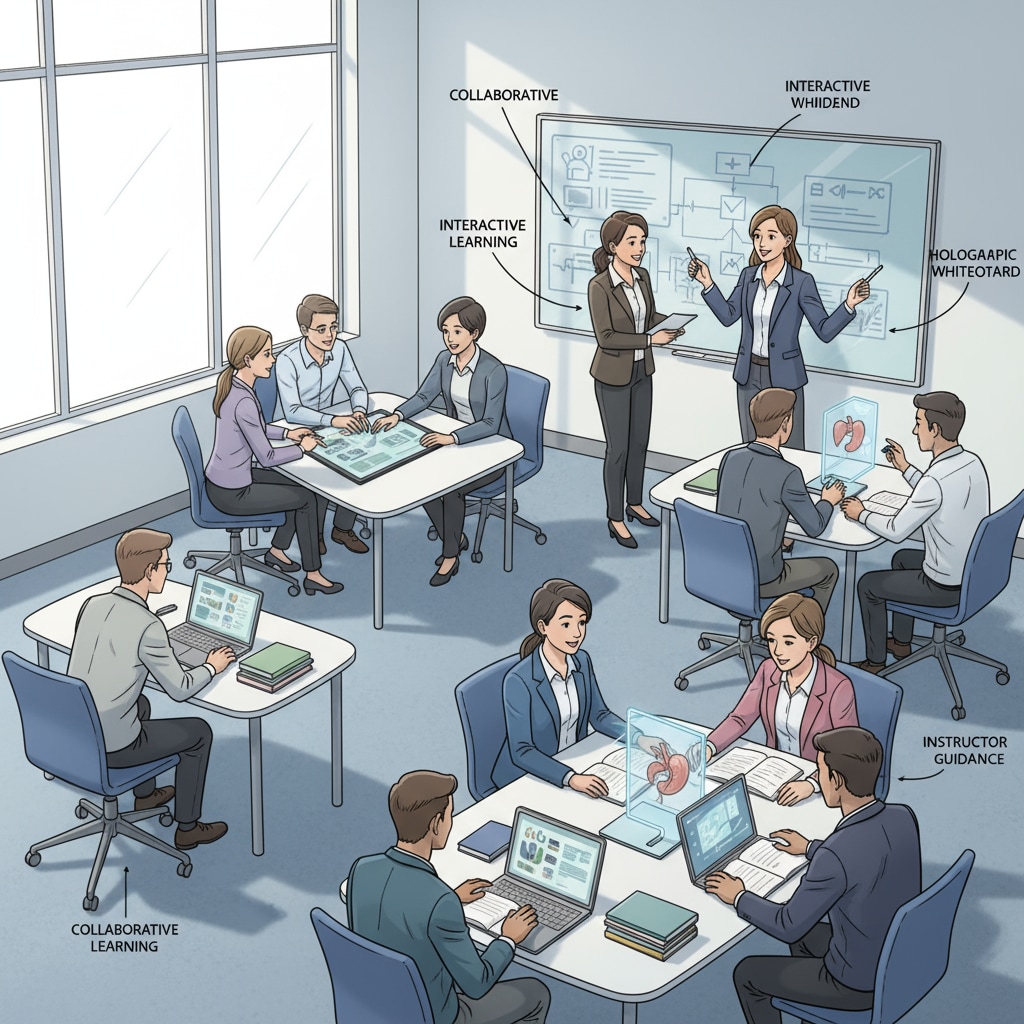In the realm of professional education, pedagogy, professional schools, curriculum goals, and teaching assessments are intertwined elements that shape the learning experience. Professional schools, with their specialized focus, present unique challenges when it comes to implementing fundamental teaching principles.

These institutions aim to prepare students for specific careers, but ensuring that basic educational tenets are upheld is no easy feat.
The Significance of Clear Curriculum Goals
Curriculum goals serve as the North Star in professional school education. They define what students should learn and be able to achieve by the end of their programs. For example, in a nursing professional school, the curriculum goals might include mastering clinical skills, understanding medical ethics, and being able to communicate effectively with patients. Clear goals provide direction for both teachers and students. Teachers can design their lessons more purposefully, and students have a clear vision of what they are working towards. Without well-defined curriculum goals, teaching can become haphazard, and students may struggle to see the bigger picture.

The Role of Effective Teaching Assessments
Teaching assessments are vital in professional schools to measure the effectiveness of instruction and student learning. They can take various forms, such as exams, practical assessments, and projects. In a culinary professional school, a practical assessment might involve students preparing a complex dish within a set time limit. Assessments not only evaluate students’ knowledge and skills but also provide feedback to teachers. This feedback allows teachers to adjust their teaching methods and content to better meet the needs of their students. Moreover, well-designed assessments can motivate students to learn and strive for excellence.
The Mindset of Content-Expert Teachers
Many teachers in professional schools are content experts in their fields. While their in-depth knowledge is valuable, it can sometimes lead to challenges in teaching. These teachers may focus primarily on imparting their specialized knowledge, overlooking the importance of basic teaching principles. For instance, they might assume that students have a certain level of prior knowledge that they actually lack. To address this, teachers need to be trained in pedagogy to better understand how to communicate complex information effectively and engage students in the learning process.
Strategies for Teaching Reform
To overcome the challenges in professional school teaching, several strategies can be implemented. First, professional development programs should be designed to enhance teachers’ pedagogical skills. These programs can include workshops on effective teaching methods, curriculum design, and assessment strategies. Second, collaboration between different departments and disciplines can enrich the curriculum. For example, in a design professional school, collaboration between the graphic design and marketing departments can provide students with a more holistic understanding of the industry. Finally, the use of technology in teaching can enhance the learning experience. Online learning platforms, virtual reality simulations, and educational apps can make learning more engaging and accessible.
Readability guidance: By using short paragraphs and lists, we can effectively summarize key points. Each H2 section offers a focused discussion. We control the use of passive语态 and long sentences, and integrate transition words like ‘however’, ‘therefore’, ‘in addition’, ‘for example’, and ‘as a result’ throughout the article to enhance readability.


